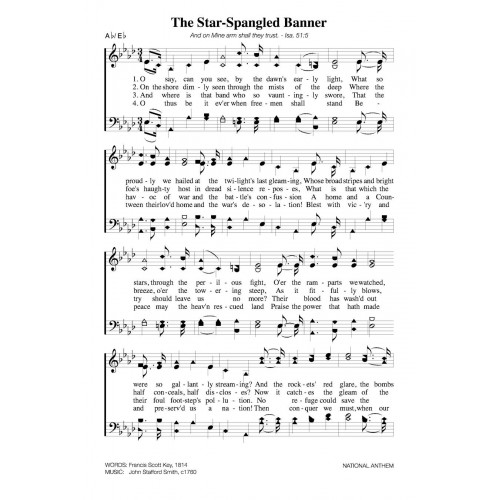

24, 1814, the British attacked Washington City, as the capital was known at the time. The invasion of Canada faltered, and British forces were able to operate with impunity along the border and coast (America had not yet expanded to the Pacific Ocean). Navy, which had just 17 vessels at the beginning of the conflict. The British fleet of 500 ships more than dwarfed the U.S. in an attempt to take then-British Canada and end an array of predatory economic and diplomatic behavior by the British Empire, had gone badly.

(Image: from The History of England, from the Earliest Periods, Volume 1/Paul M. “The Star-Spangled Banner” was originally written by Maryland district attorney Francis Scott Key during the British blockade of Chesapeake Bay in the War of 1812, over 40 years after the colonies declared independence from Britain on July 4, 1776. While many may assume that the lyric depicts the Revolutionary War that allowed the original Thirteen Colonies to break away from British rule, it refers neither to the struggle for independence, nor was it even officially America’s anthem until less than a century ago. But common knowledge of our national anthem may not go much further than that. Urn:oclc:704037805 Republisher_date 20151008082739 Republisher_operator Scandate 20150928021034 Scanner Americans are familiar with the first few lines of “The Star-Spangled Banner” - “O say can you see, by the dawn’s early light/What so proudly we hail’d at the twilight’s last gleaming” - and possibly also with the difficulty of singing it due to the broad range required of the song. OL17203281W Page-progression lr Page_number_confidence 90.91 Pages 266 Ppi 500 Related-external-id urn:isbn:0452283450

Access-restricted-item true Addeddate 18:07:22.082613 Bookplateleaf 0003 Boxid IA1131812 Camera Canon EOS 5D Mark II City New York Containerid S0022 Donor


 0 kommentar(er)
0 kommentar(er)
